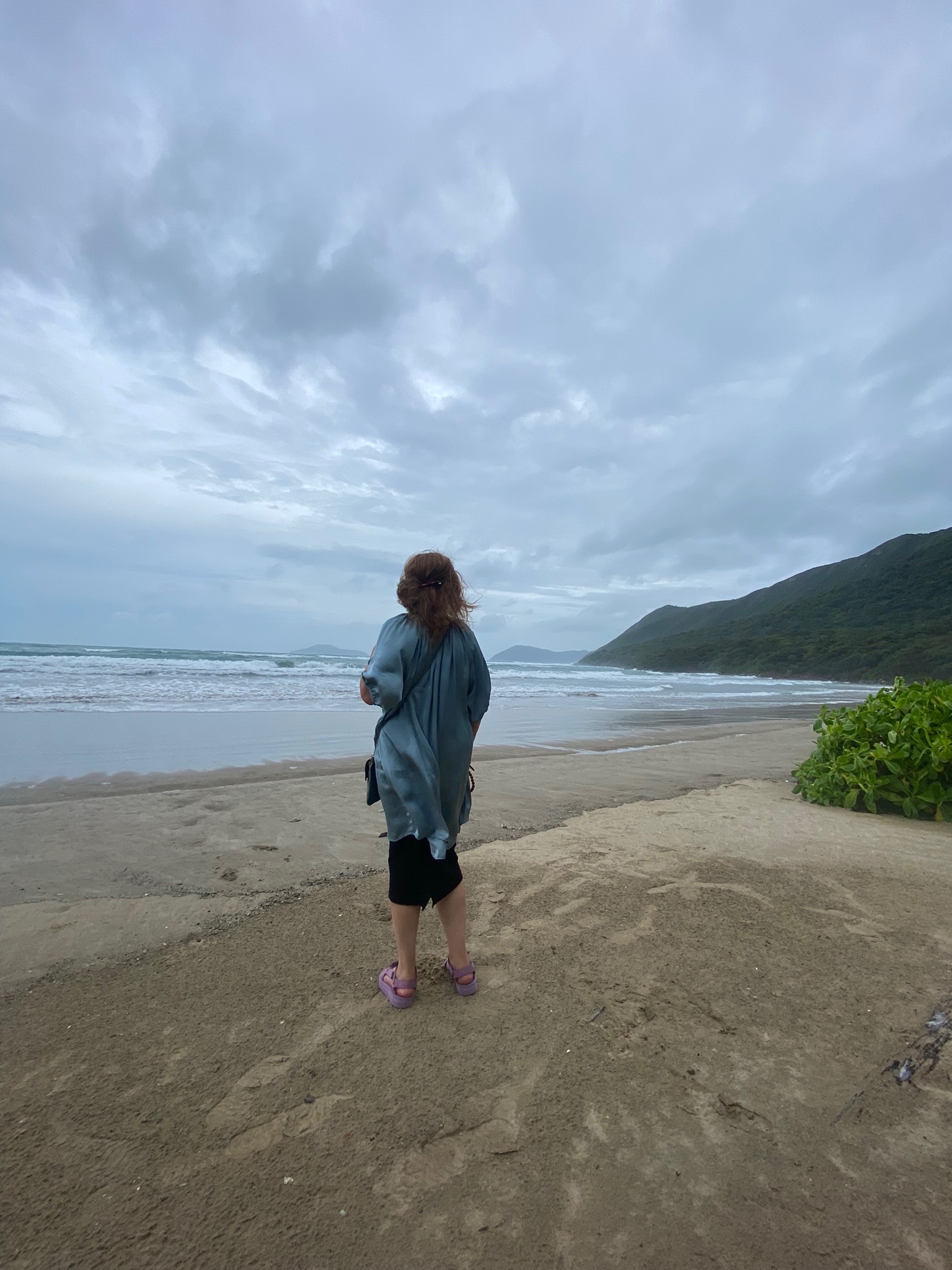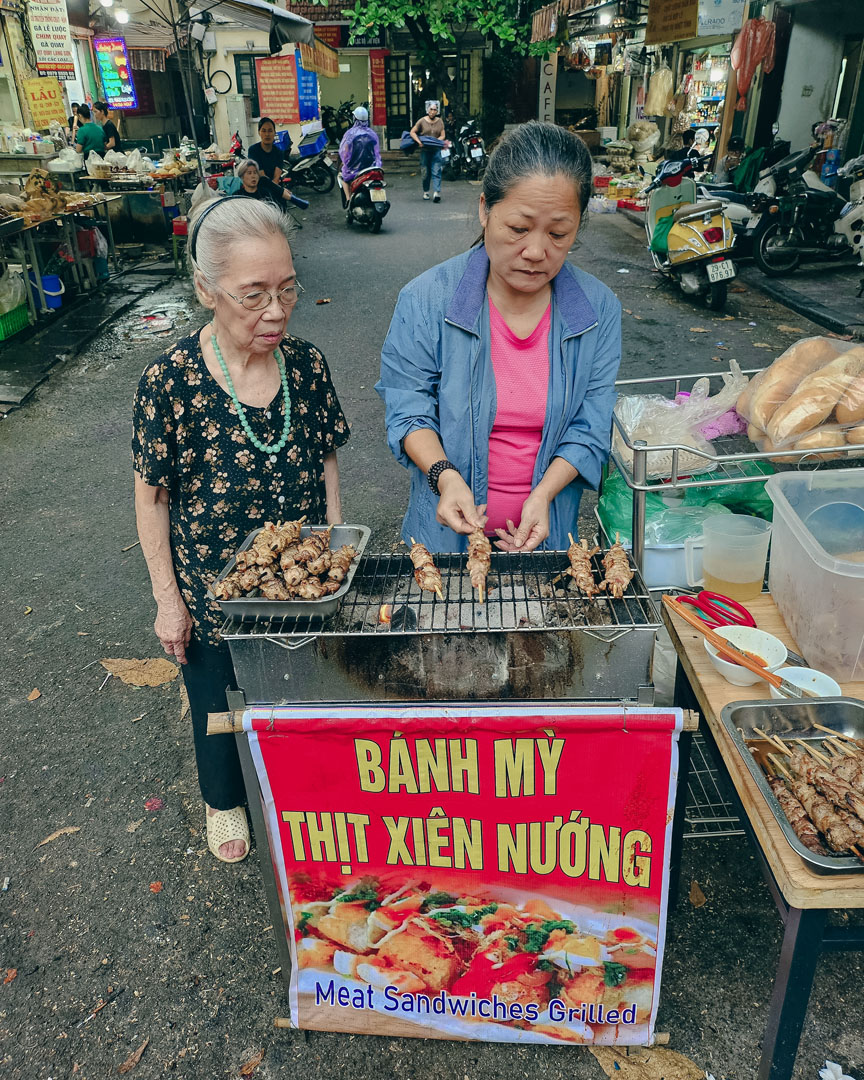Best time to visit Vietnam
Covering a huge range of latitudes and topographies, Vietnam can sometimes feel like several countries rolled into one. Mountainous and cool in the north, steamy and hot in the south, with over 2,000 miles of coastline in between: you might well need to pack your swimmers and your woolly hat.
While it can be a headache from a planning perspective, the upside of all this is that every time of year is the best time to visit Vietnam — you just need to know where to go.

Vietnamese woman riding a bicycle in old town in Hoi An city, Vietnam. Hoi An is situated on the east coast of Vietnam. Its old town is a UNESCO World Heritage Site because of its historical buildings.
Vietnam's geography
For the purposes of understanding Vietnam’s climate, it’s helpful to imagine it as three different countries: North, Central and South.
North Vietnam is characterized by high mountains and plunging valleys, remote tribal villages, and a craggy and spectacular coastline (this is where you’ll find the iconic pinnacles of Halong Bay). It’s the home of Vietnam’s capital, Hanoi, and experiences four distinct seasons: spring, summer, autumn and winter.
Often known as the rice bowl of Vietnam, the south of the country is flat, lush and tropical, fed by the Mekong River, which fans out into a fertile delta as it flows toward the South China Sea. This is where you’ll find Vietnam’s largest city, Ho Chi Minh City (formerly Saigon), and it has just two seasons: dry and wet.
Linking these two areas is the long, thin spit of Central Vietnam, bisected into north and south by the Hai Van Pass. This region encompasses mountain highlands, thick forests, vast cave systems, and mile upon mile of white, sandy beaches.

December to February
North: This is the depths of winter for Northern Vietnam, with daytime temperatures under 20 degrees Celsius and some areas plunging below freezing at night. Skies are overcast and drizzle is common — if you get a cloudless day you’ll be lucky. As with any time of year, the higher you are in the mountains, the colder it will be.
Central: As above, but milder. Temperatures can rise above 20 degrees, but plenty of clouds, drizzle and onshore winds mean it’ll feel colder. T-shirt weather doesn’t really start happening until the end of February — and even then it’s mostly further south.
South: This is the ideal time to visit South Vietnam, with blue skies almost every day and temperatures hovering in the low 20s. Beach resorts are accordingly busy (especially over Christmas and New Year) but it’s a great time to get some sun on the islands of Phu Quoc and Con Dao. It’s also a good time for boat trips on the Mekong Delta, as the water levels are high.
March to May
North: Spring has sprung in the north, with drizzle in early March giving way to clear skies and warmer weather later in the month, making this a great time for trekking. In May (and sometimes as early as April) the monsoon rains begin, and temperatures can heat up to over 30 degrees in the daytime. Though rain is to be expected during this season, downpours tend to be shorter and less frequent than in the summer months, so this can still be a good time to travel.
Central: This is a beautiful time to travel to Central Vietnam. Blue skies and warm temperatures are the norm, creeping up to the 30s by May, and in April you can catch the Hue Festival. May is mostly dry as the monsoon rains arrive much later here than for the rest of Vietnam – not until September.
South: Only the most serious heat-seekers need apply. Humidity is high, with temperatures comfortably above a sticky 30 and very little rain to cool things down. Even at night, it’s hot as hell. If that doesn’t put you off, have at it!

June to August
North: By this time, the summer monsoon is in full swing in the north, with stormy weather occasionally putting paid to boat trips on Halong Bay. Humidity levels are at their highest all year round, and average daytime temperatures sit above 30 degrees. If you do visit during this period, head for higher altitudes for cooler climes.
Central: While the rest of the country is entering peak monsoon, Central Vietnam is still pretty dry (though very humid). Downpours are more likely than in the previous three months, but skies are mainly blue, making this a popular time to head to the beaches. Sun-worshipers be warned, however: the sand can get hot enough to burn the soles of your feet!
South: As in the north, monsoon season has well and truly hit the south by now. Temperatures are still above 30, but frequent downpours provide a cooling reprieve. It’s not a great time for sunbathing, so beach resorts empty out at this point — but it can be a great time to explore Ho Chi Minh City with fewer crowds and lower prices. If you’re a wildlife lover, mid-August is when the green turtles begin to hatch on Con Dao Island.
September to November
North: Autumn is when the monsoon begins to calm down in the north, with downpours very rare by November and temperatures dropping to a comfortable level. This is one of the best times of year for trekking in the mountains and cruises on Halong Bay.
Central: After months of sunny skies, the heavens open with a bang in September. Though Central Vietnam’s monsoon season is short, it’s often much more intense than in the north and south, so think carefully before you travel during this period. While the rains don’t often last for more than a few hours a day, typhoons aren’t uncommon — and Hoi An floods at least once a year. This state of affairs continues until the beginning of December.
South: The rain might be waning in the north, but it’s still raging in the south. September is typically even rainier than August. By October it’s starting to ease off, and in November you can start planning for beach time again as blue skies become much more frequent.

Are you planning a trip to Vietnam and want to know more about the best time to visit Vietnam? Talk to one of our travel consultants — they know Vietnam’s climatic vagaries inside and out and can suggest the best destinations and activities for any time of year. Still undecided? Explore more Asia vacations options.




